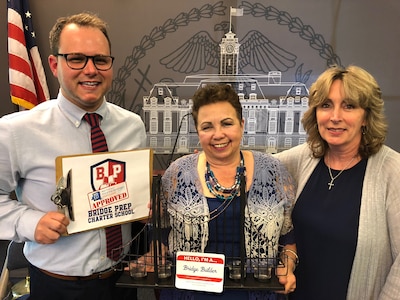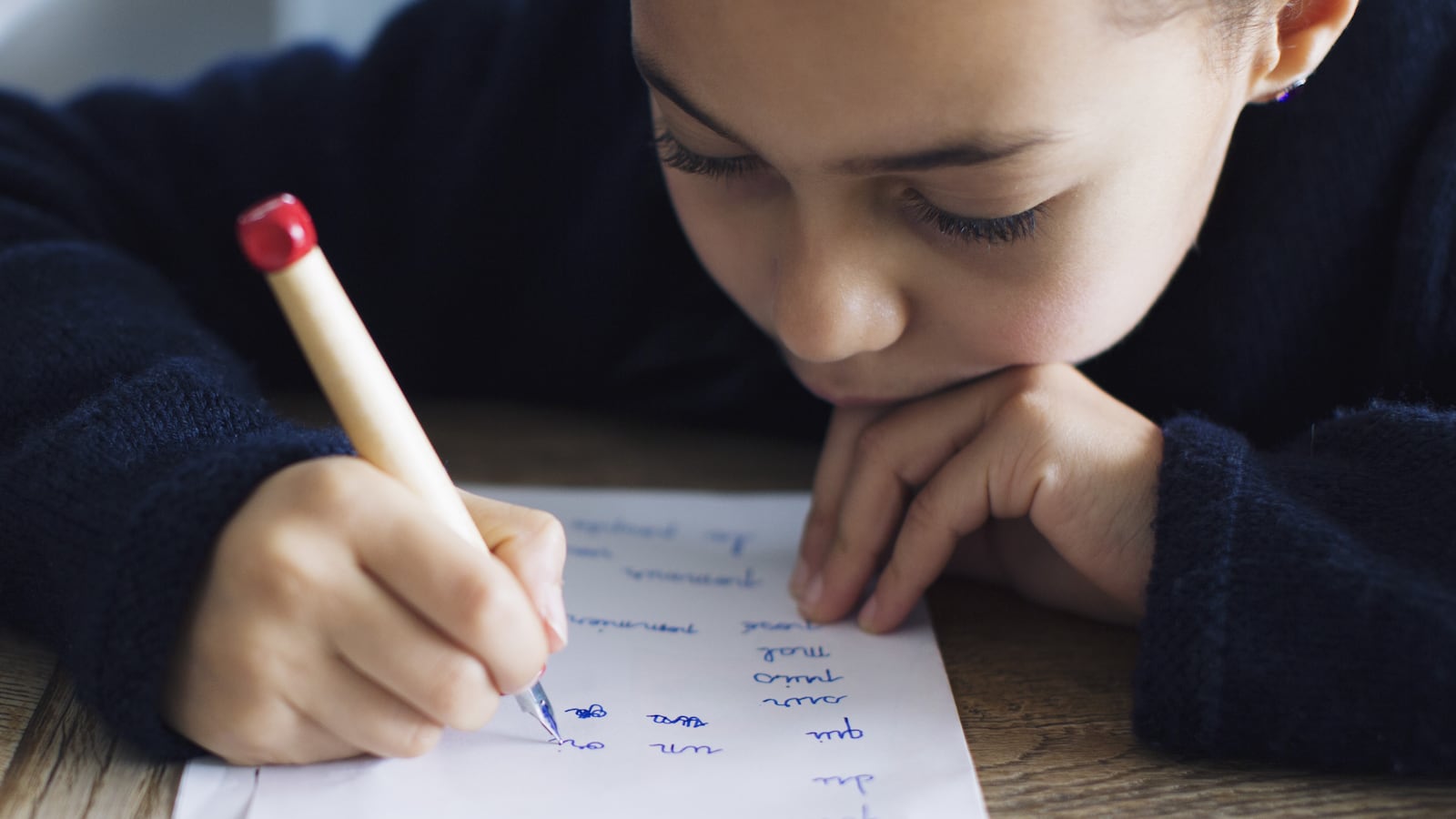Laura Timoney knew that New York City’s first charter school designed for students with dyslexia would become a reality when she and its other founders were able to envision a full day in the life of a student.
“We named her Juanita Henderson, and still just smile whenever we think of her,” said Timoney, who works on education issues in the Staten Island borough president’s office. “She’s so excited and looking forward to coming to school, learning, looking in microscopes.”
If all goes according to plan, Bridge Preparatory Charter School will begin serving its real students on Staten Island in fall 2019. The elementary school was approved by the Board of Regents in June, and it’s set to be the first charter school in the state — and among only a few public schools nationwide — devoted to educating children with dyslexia and other language-based learning disabilities.
The goal is to provide another option for families who have long fought for more choices closer to home. Staten Island is the borough with the highest share of students with disabilities, and while district schools have been steadily adding resources to help students with literacy issues, many parents of children with dyslexia send them to private schools in Brooklyn or New Jersey.
To succeed, though, Bridge Prep will have to navigate a few considerable challenges.
A few, like finding space, are familiar to charter schools in New York City. Others, like convincing parents that their educational model will work best for their children — who may have sizable academic and emotional needs thanks to their frustrations with reading — may be more specific to Bridge Prep.
“We’ve gotten branded as the dyslexia school,” founder Timothy Castanza said. His hope, though, is that the school will be able to attract a mix of students. “Struggling with literacy in general, something that so many students do struggle with, means that you should come to this school.”
While designing the school, Castanza traveled to Jacksonville, Florida, to visit a magnet school that almost exclusively serves students with language-based learning disabilities and to Pittsburgh to visit the Provident Charter School for Children with Dyslexia.
Bridge Prep plans to use the Orton-Gillingham instructional approach, a popular method of teaching students who have trouble with reading, spelling, and writing. Each class will be 12 to 13 students so instructors can cater to children’s individual needs, Castanza said.

The school also plans to use the “triad method,” designed by Rose Kerr, a former Staten Island principal. Instead of students leaving their classrooms to receive extra help, additional teaching assistants and literacy coaches will rotate through the classrooms (called triads) to help students, joining the assigned general education or special education teacher and any paraprofessionals mandated for students.
The model is costly, and the five founders of Bridge Prep are continuing to search for additional outside funding — part of why the school’s planning process has taken several years. (GRASP Academy, the dyslexia-focused school in Jacksonville, spent about double what a typical elementary school in that district did in 2015, according to the Florida Times-Union, though per-student spending in Florida is generally far below that of New York.)
The overarching goal, they say, is to help students at the start of their academic careers, putting them on the right track for later success.
Opportunity Charter School, another charter school designed to serve mostly students with disabilities in Harlem, came under fire last year for not being able to meet its academic benchmarks. But Opportunity has operated as a middle school and high school, and its students enter having to catch up. Maggie Moroff, the special education policy coordinator at Advocates for Children of New York, said Bridge Prep’s decision to open an elementary school means it might avoid some of those issues.
“It’s never too late to help a struggling reader learn to read, but it does get more difficult the longer the student is left without appropriate evidence-based interventions,” said Moroff.
It’s hard to know exactly how many students in Staten Island or New York City have dyslexia. The city’s annual special education report in 2016-17 said about 77,000 students have a learning disability. Of all students with disabilities enrolled in the city’s district schools, nearly 130,000 were receiving all of their recommended services, while almost 50,000 were denied some of the services that they were legally entitled to.
In 2016, the city announced it would increasing the number of reading coaches in each school through a new Universal Literacy Program. That may be helping, Moroff said, but some students still find themselves without needed support.
“If kids didn’t have private attorneys, then what they ended up doing was just struggling in school and not getting the support they needed, falling farther and farther behind and getting a hodgepodge of services,” said Moroff.
Ayelet Schwartz, a Staten Island mother whose daughter has dyslexia, saw that firsthand.
Despite having a diagnosis of her daughter’s condition, Schwartz said the teachers at her local district school didn’t take her seriously. So Schwartz sued the Department of Education to reimburse her for the cost of sending her daughter to a private school for students with language-based learning difficulties, two hours away.
“I’ve heard kids say, ‘I’m so stupid, why can’t I read? I’m so mad at my brain!’” said Schwartz, whose daughter is now middle-school aged. “My daughter didn’t want to go to dance anymore, didn’t want to go to school. She would cry, throw her books, say ‘I’m an idiot,’ things like that. So it took a lot of work to undo all of that.”
Having a local school with experience helping students like her daughter like Bridge Prep would have saved her family from years of struggling, she said. “We didn’t have options,” said Schwartz. “If this school works, I’m all for it, because we need options here on Staten Island.”

